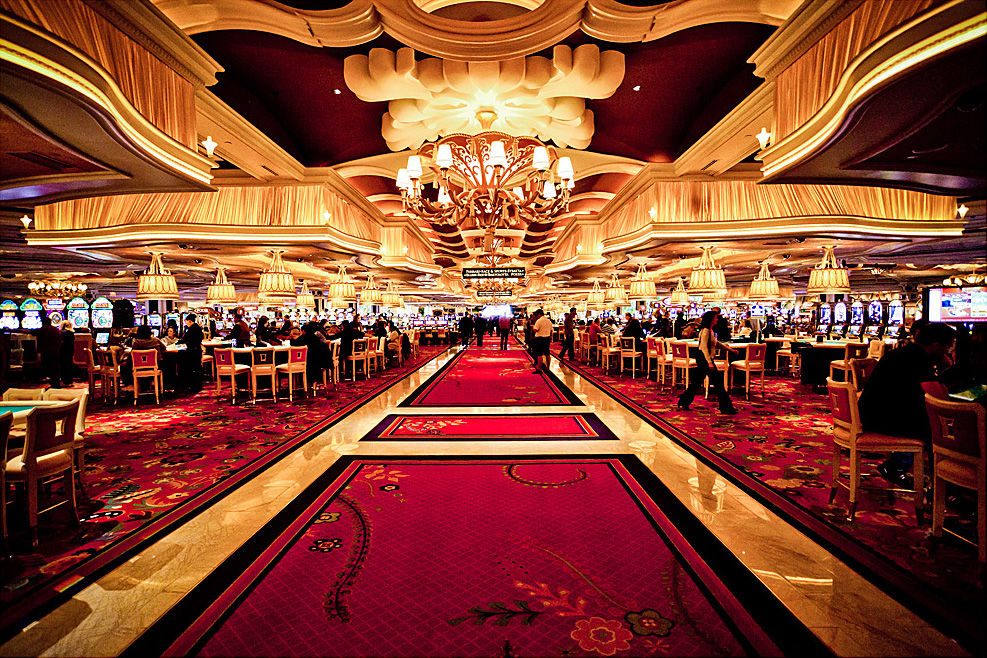
Within the vibrant and exciting world of casinos, wherein luck and tactics intertwine, hues and aesthetic play a pivotal role in attracting players. From the moment visitors step inside a casino or log into a gaming website, they are enveloped in a visual feast that grabs their attention and lures them to discover more. Bright colors, captivating graphics, and creative layouts are meticulously crafted to create an atmosphere of thrill and expectation, ultimately enhancing the gaming encounter.
As gamblers move through the dynamic landscape of casino games, they encounter a range of designs that not only serve visual purposes but also affect feelings and choices. Colors like red and gold symbolize riches and fortune, while calm blues and emeralds can create a more relaxed environment. Understanding how these elements function together enables casinos to create an welcoming and stimulating atmosphere that encourages players to interact with the games, invest more time at the tables, and boost their overall enjoyment.
The Study of Color in Gaming Establishments
Tint plays a key role in the creation of gaming experiences, affecting player emotions and behaviors. Vivid and vibrant hues, such as red and yellow, are often used to incite enthusiasm and draw notice. These colors create a sense of urgency and dynamism, encouraging players to participate more readily with the game. By intentionally selecting hues, developers aim to inspire feelings of pleasure and expectation, which can enhance the overall game experience.
Various colors also have psychological connotations that can affect how gamblers perceive their chances of winning. For case, green is often associated with good fortune and prosperity, making it a well-liked choice in activities like the roulette wheel and poker setups. This link can cause gamblers to feel more hopeful and assured in their gaming, ultimately inspiring them to bet more. Comprehending these connections allows game designers to craft environments that enhance player enjoyment and loyalty.
Furthermore, the interface of casino game interfaces often employs color gradients and differing colors to instruct player actions. For instance, winning outcomes may be emphasized with bright, opposing colors, creating a visual incentive. This approach reinforces successful results and encourages repeated gameplay. By utilizing the science of color, gaming venues can create games that not only draw gamblers but also hold them involved and dedicated in their game experience.
Creative Elements that Engage Players
The visual appeal of casino games is primarily influenced by the implementation of bold colors. Bright and striking colors are deliberately chosen to create an inviting atmosphere that captures interest. For example, reds and golden hues often signify good fortune and wealth, which is why they are prevalent in the color schemes of gaming machines and game surfaces. These colors not only attract players in, but they also stir emotions associated with thrill and anticipation, enhancing the total gaming experience.
In addition to color, the design and layout of casino games play a significant role in captivating players. Games are designed to be user-friendly, ensuring that players can easily understand the guidelines and gameplay. User-friendly interfaces, along with engaging graphics and motion, help maintain player interest and encourage longer play sessions. The tactile elements, such as the feel of the buttons and the audio of the games, also add to a comprehensive sensory experience that keeps players immersed.
Finally, conceptual elements in game design can significantly influence gaming decisions. Many gambling games are inspired by popular culture, fairy tales, or exploration motifs, featuring symbols and characters that connect with players. These themes create a sense of immersion and connection, making each game feel distinct. When players feel a connection to the concept, they are more likely to choose that game over others, leading to increased participation and enthusiasm within the gambling environment.
Case Studies: Notable Gambling Slot Designs
One key example of impressive casino game design is the acclaimed slot machine series themed around hit movies. non GamStop casinos Games such as those based on the The Wizard of Oz and Game of thrones utilize dynamic colors and top-notch graphics to engage players in recognizable narratives. The use of dynamic visuals and engaging sound effects takes the attention of players, building an emotional connection to the theme. This approach not only fosters longer play but also boosts the overall gaming experience, leading to increased player retention.
Another successful case is the application of color in table games like blackjack and roulette. Casinos often develop these games with dark reds and greens, colors traditionally linked with luck and wealth. For instance, the emerald felt on a 21 table provides a relaxing effect, while the red accents in the wheel invite anticipation. This intentional use of color helps to establish an inviting atmosphere that encourages players to engage, satisfying their psychological impulses and enhancing their enjoyment.
Finally, online casino games that include social features and bright, dynamic designs have seen remarkable success in engaging players. Games like Zynga’s Poker and Slot-O-Mania leverage bright colors and playful animations to forge an inviting online environment. The integration of leaderboards, social sharing options, and in-game rewards encourages competition and community, pulling players in for longer sessions. Such designs not just make the games visually appealing but also emphasize community engagement, a vital factor in player retention and engagement within online casino environments.
